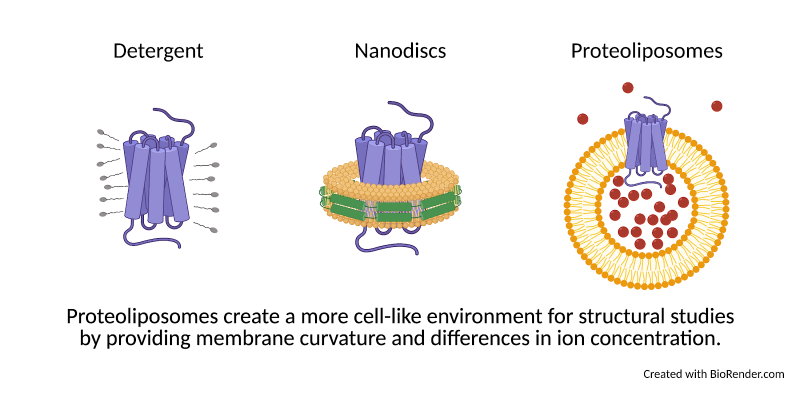Review by Abigail Stanton (MOL, G1)
The cell can be a chaotic place to work. Protein employees of all different types rush from room to room, delivering messages, building needed materials, and working together to keep the cell running smoothly. To learn how any one of these proteins does its job, researchers have to consider how they will structure their experiment to get the type of information that they need. One approach is observing the protein at work: what does it do on a normal day? How does it interact with its coworkers? Studying a protein in situ (in its original place) gives researchers the best sense of how the protein actually behaves. However, the complex environment of the cell can make it difficult to pick out the contributions of any one protein. To gain more detailed information, the researcher may need to sit the protein down for a one-on-one interview, purifying it away from the other components of the cell for in vitro (in a test tube) experiments. However, a protein’s behavior alone may be very different from how it acts surrounded by a crowd of molecules. To create the most useful experiment possible, researchers need to find ways to combine the context of in situ studies with the detail and experimental control of in vitro work.
Continue reading
